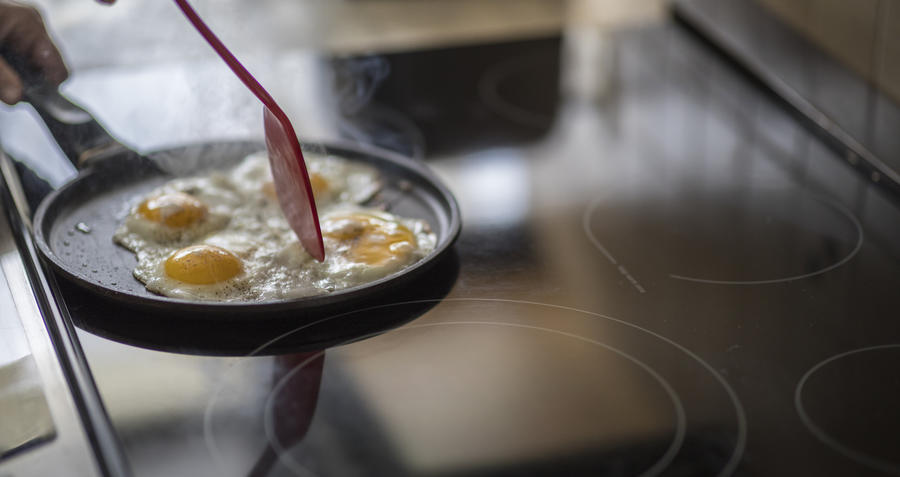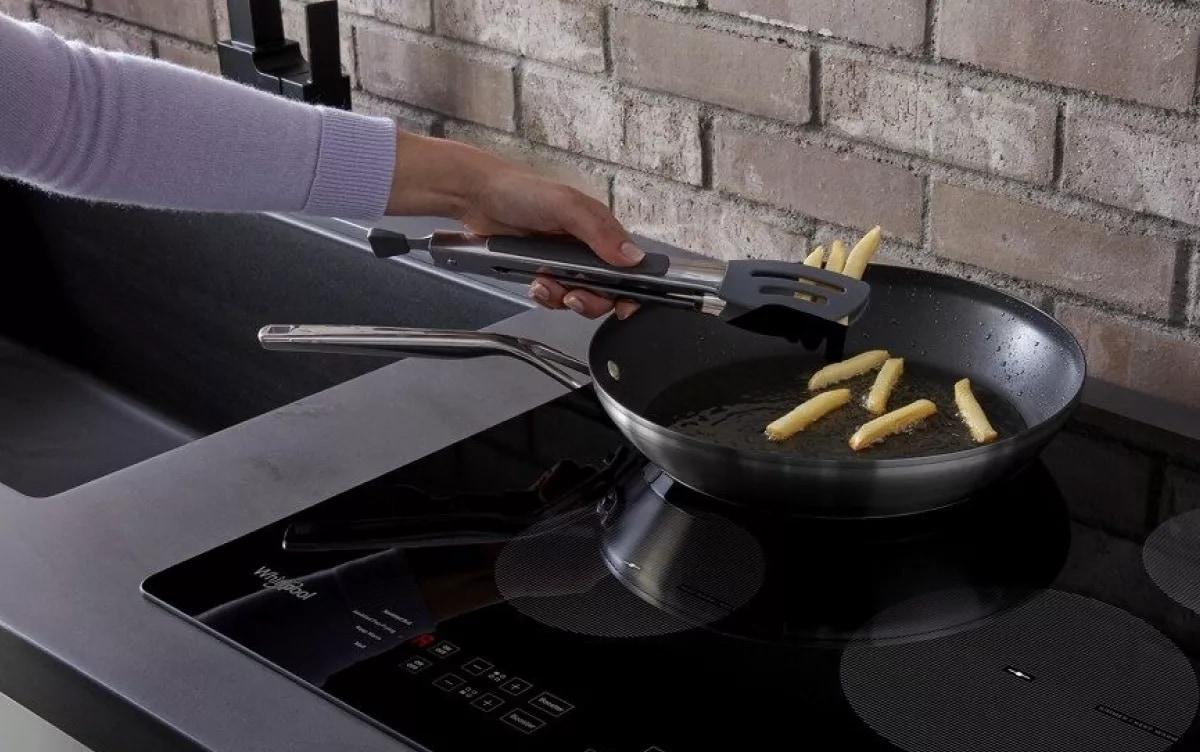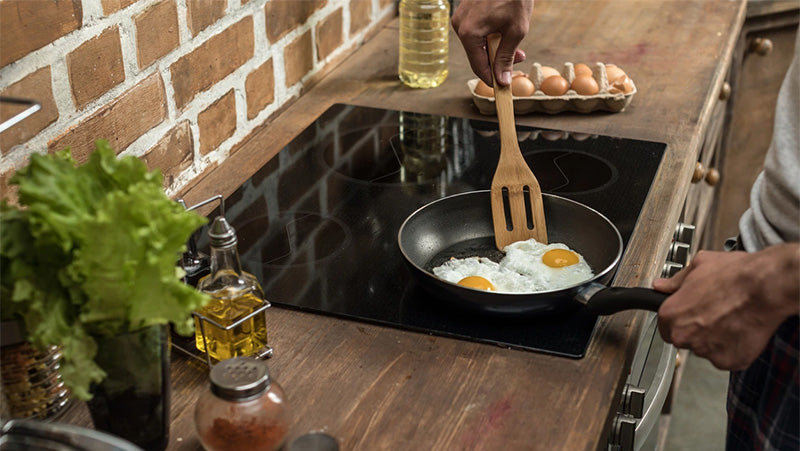For kitchen professionals, the art of simmering soup with cast iron on induction cooktops is both a science and a craft. This method brings a unique blend of flavor and efficiency, making it a favorite among chefs who appreciate the precise control and even heat distribution that induction cooking offers. In this guide, we will delve into the nuances of this technique, providing you with the insights needed to perfect this culinary art form.

Why Choose Cast Iron for Induction Cooking?
Cast iron is renowned for its exceptional heat retention and even heat distribution. When paired with an induction cooktop, these properties are amplified, allowing for a consistent simmer that is crucial for developing the deep, rich flavors in soups. Unlike traditional gas or electric stovetops, induction cooktops use electromagnetic fields to directly heat the pan, resulting in faster heating times and more precise temperature control. This makes it ideal for simmering soups where maintaining a low and steady temperature is key.
Getting Started: Choosing the Right Tools
Before you begin, it's important to ensure that your cast iron cookware is compatible with induction cooking. Most modern cast iron pans and pots are suitable for induction; however, it's always best to double-check. Look for cookware with a flat base for maximum contact with the cooktop, ensuring efficient heat transfer. For more information on using cast iron on induction, you can explore additional resources.
Mastering the Simmer
The key to a perfect soup lies in the simmering process. Here are some tips to achieve the ideal simmer:
1. Temperature Control
Set your induction cooktop to a low setting to achieve a gentle simmer. The precise temperature control of induction cooking allows you to maintain a consistent simmer without the risk of burning or scorching the soup. Adjust the heat as needed to keep the soup just below boiling.
2. Stirring Techniques
Regular stirring is essential to ensure even cooking and prevent ingredients from sticking to the bottom of the pan. Use a wooden or silicone spatula to gently stir the soup, taking care not to break down delicate ingredients.
3. Monitoring and Adjustments
Keep a close eye on the soup throughout the cooking process. Induction cooktops offer quick adjustments, allowing you to easily increase or decrease the heat as needed. This flexibility is particularly useful when adding ingredients or adjusting seasonings.
Recipes to Try
Experimenting with different soup recipes is an excellent way to master the art of simmering soup with cast iron on induction. Here are a few recipes to inspire you:
Classic Chicken Noodle Soup
This timeless recipe benefits from the even heat distribution of cast iron, resulting in perfectly cooked noodles and tender chicken. For a step-by-step guide, check out this slow cooking guide.
Hearty Vegetable Stew
Rich in flavors and nutrients, a vegetable stew showcases the power of induction cooking by maintaining the integrity of delicate vegetables. Discover more about this process by exploring the best pans for induction.
Spicy Lentil Soup
Perfect for a warming meal, this spicy lentil soup is a favorite among chefs. The induction cooktop ensures that spices are evenly distributed, creating a balanced flavor profile.
Common Challenges and Solutions
While cooking with cast iron on induction has its benefits, it also presents some challenges. Here are common issues and their solutions:
Heat Retention
Cast iron retains heat exceptionally well, which can lead to overheating if not monitored closely. To avoid this, always start with a lower heat setting and increase as necessary. For additional tips on managing heat, refer to our guide on induction cooking.
Weight of Cast Iron
The weight of cast iron can be cumbersome, particularly when transferring from the cooktop to the table. Consider using lightweight cast iron alternatives or enlisting help when moving heavy pots.
Conclusion
Simmering soup with cast iron on induction combines tradition with innovation, offering kitchen professionals a reliable method to achieve culinary excellence. The precise control and efficiency of induction cooking, paired with the robust qualities of cast iron, make it an ideal choice for simmering soups that are rich in flavor and texture. By following the tips and techniques outlined in this guide, you'll be well-equipped to master this cooking method and delight your guests with every bowl.

FAQ
Can all cast iron cookware be used on induction cooktops?
Not all cast iron cookware is suitable for induction cooktops. Ensure your cookware is labeled as induction-compatible, typically featuring a flat base for optimal contact.
What is the ideal temperature for simmering soup on an induction cooktop?
Maintain a low setting on your induction cooktop, around 185-200F (85-93C), to achieve a gentle simmer that allows flavors to develop without boiling.
How can I prevent my cast iron from scratching the induction cooktop?
Use a heat diffuser or induction-specific pad to protect the cooktop from scratches. Additionally, always lift the pan instead of sliding it to prevent damage.






Leave a comment
This site is protected by hCaptcha and the hCaptcha Privacy Policy and Terms of Service apply.